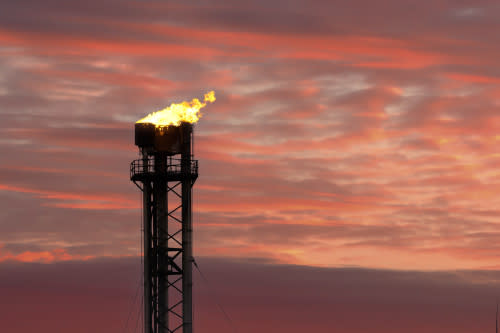Scientists now know why methane mysteriously surged during lockdowns

The world largely came to a halt in 2020 when extensive COVID-19 lockdowns were issued, which temporarily caused a global decline in greenhouse gas emissions. Despite the slowdowns in highly polluting sectors like aviation and manufacturing, methane emissions mysteriously climbed.
While carbon dioxide emissions are the main cause of rising atmospheric temperatures, methane is the second most abundant greenhouse gas and a particularly hazardous pollutant that scientists are closely monitoring.
See also: Why your fancy gas stove could be bad for the environment, and your health
Over a 20-year period, methane’s heat-trapping potential is up to 87 times more potent than carbon dioxide. Although carbon dioxide persists in the atmosphere for much longer time periods — up to several centuries — methane’s ability to rapidly warm the atmosphere highlights the urgency to investigate and address its sources.
So, why did methane emissions surge when most of the world screeched to a standstill in 2020?
A study published in Nature reports that the rise in methane emissions came from ecosystems that are typically methane sinks, such as wetlands. Additionally, reduced air pollution was also cited as an explanation for the rise in these emissions due to chemical changes in the atmosphere.

Gas plant flaring at a gas terminal in the United Kingdom. (Alexisaj/ iStock/ Getty Images Plus)
In the first half of 2020, lower levels of carbon monoxide and nitrogen oxides were emitted due to reduced combustion of fossil fuels and fewer fire emissions. Both of these compounds affect the concentration of hydroxyl radical, which is often referred to as a “detergent” in the atmosphere because of its ability to break down methane and other pollutants.
The study explains that hydroxyl radical is the main atmospheric sink for methane and even minor changes in its concentration can result in the rate that methane emissions accumulate in the atmosphere.

 Yahoo Autos
Yahoo Autos 